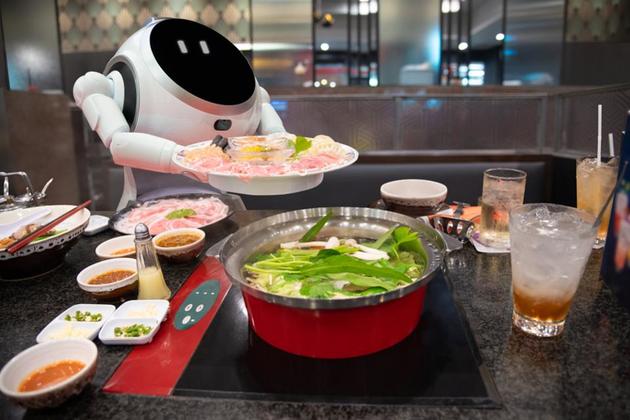Robots have seen a wide array and continuous applications in various industries since their inception. The global robotics market is expected to attain a value of USD 147.26 billion with a CAGR of 17.24% at the end of the forecasted period from 2017-2025. Forbes reports in its article Bon Appétit! Robotic Restaurants Are The Future that organizations worldwide have realized the potential and are investing heavily in robotics. Thus, robots are now not restricted to major industries but are making inroads into other businesses such as restaurants and local retail stores.
The decreasing costs of hardware such as sensors and circuit boards, and the simultaneous advancements in AI software have contributed to the increase in robotic applications in various fields such as a robot restaurant. Robot restaurants can be fully automated, providing each service through an AI-enabled robot. Robots can provide many benefits for businesses as well as consumers and improve the overall experience for diners. Major restaurants and food chains all over the world have already implemented robots for the benefits they bring, and the adoption is only going to increase with advancements in technology.
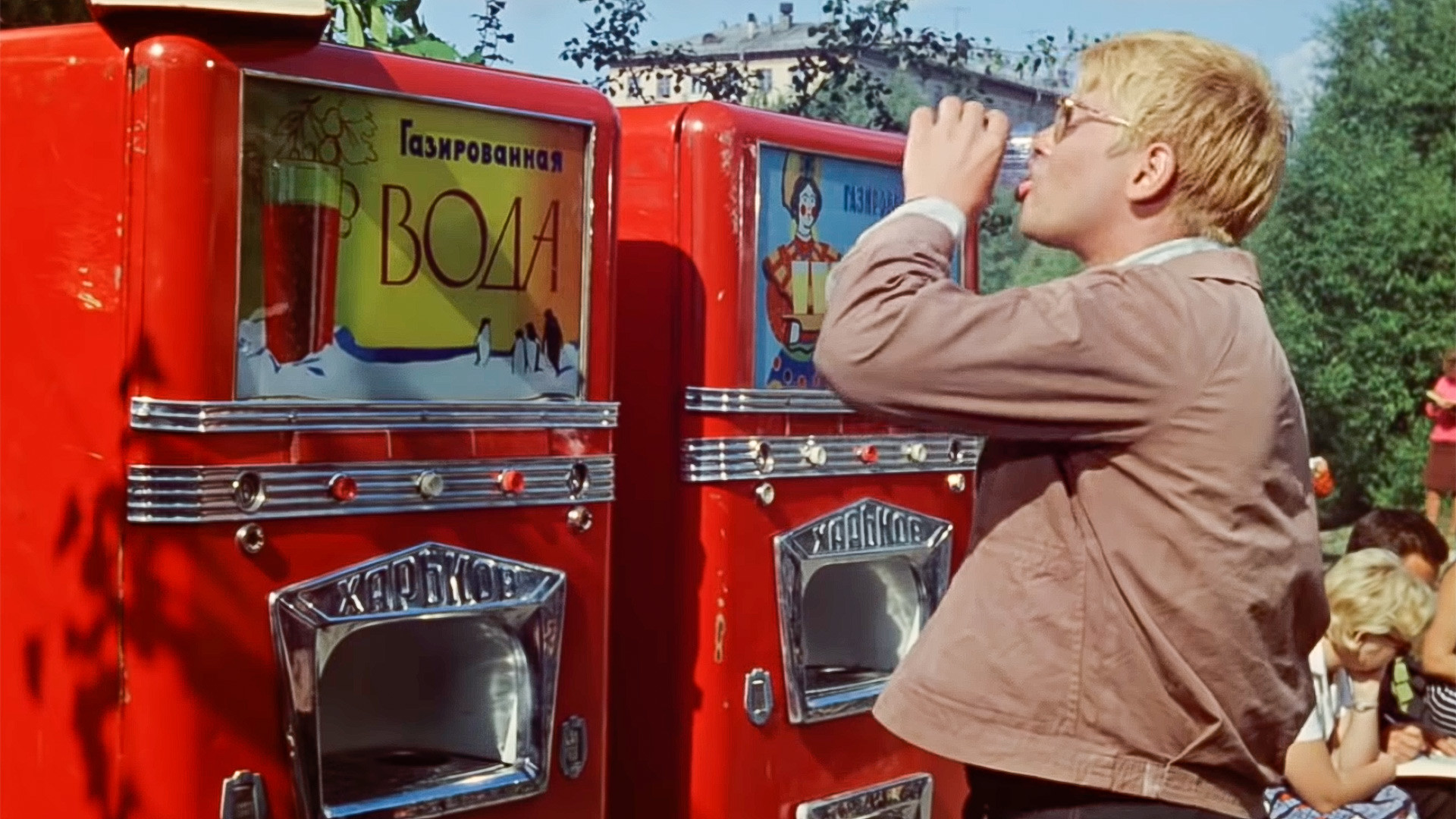
Cobots, the first step towards a robot restaurant
Cobots are advanced robots that can work alongside humans. Restaurants using cobots were called automats and have been in use since the 1970s. Cobots can be used primarily to perform simple tasks such as serving or vending food items. They can automate various repetitive and mundane tasks in a restaurant or over-the-counter tasks. A soda vending machine can be considered a cobot as the process is fully automated. The vending machine can accept the payment and provide the user with the required item. With advancements in the field of robotics, the capabilities of cobots have increased tremendously. Restaurants are already leveraging cobots for simplifying food ordering and payment processes. With just a few clicks, customers can order their favorite meals and pay for them quickly.
The move towards a fully automated robot restaurant
Restaurants have realized the potential of robots and the plethora of benefits accompanying them. Robots can be used in automating most, if not all, of the processes carried out in a restaurant. Some benefits of using robots in restaurants include:
Simplifying the cooking process
Robots can be utilized to prepare dishes using accurate proportions of ingredients. The probability of errors is highly minimized, if not eliminated using robots. Once the data is fed into the robotics software, it can replicate the dishes without error. Thus, restaurants can provide different dishes from all over the world using robots as they are not limited by culinary skills. This can help restaurants draw a larger crowd from various backgrounds and help increase revenues. Robots can work at a faster pace compared to humans and therefore can improve productivity. This reduces the waiting time for customers, enabling faster checkouts and can help restaurants increase the intake of customers during working hours.
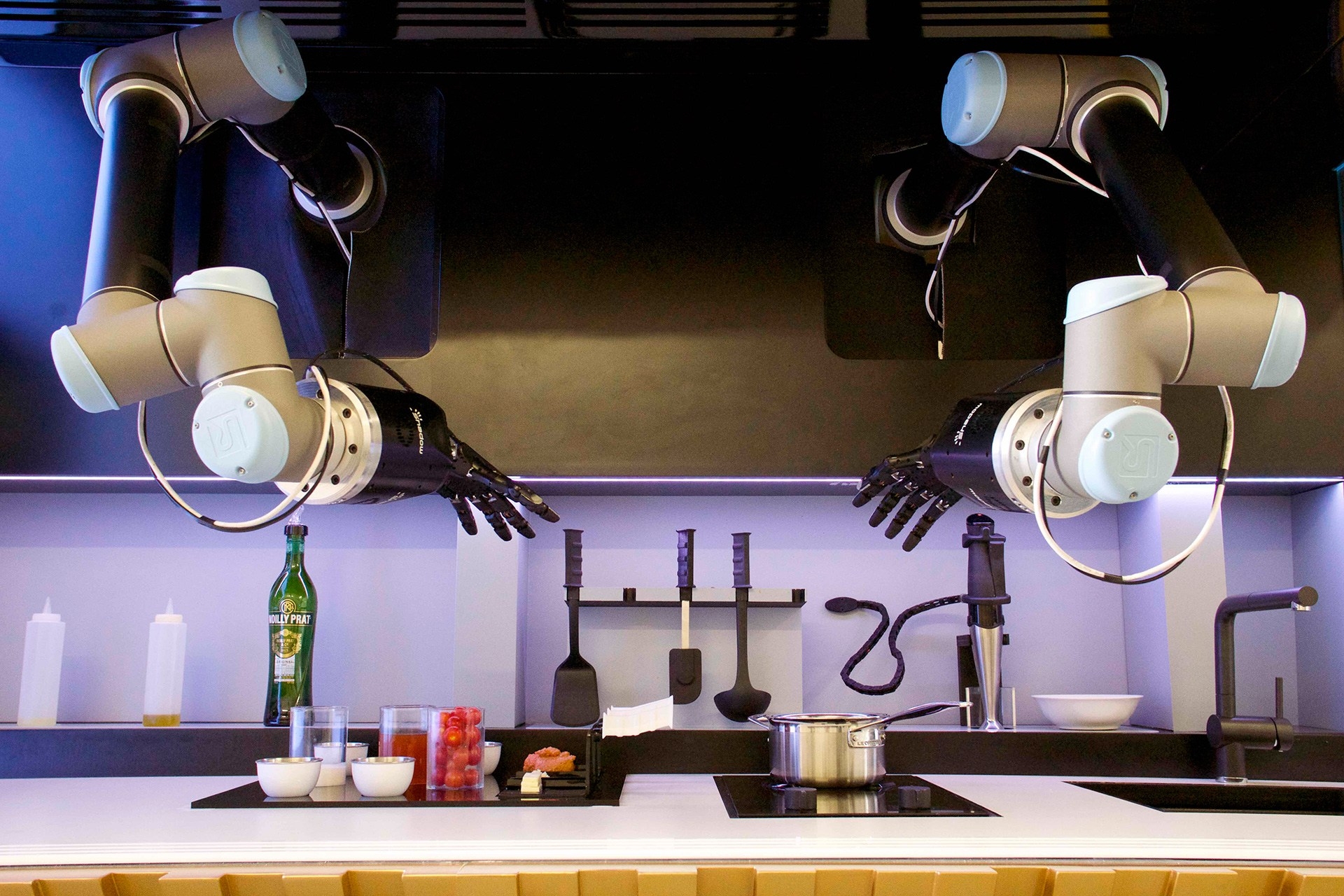
Reducing the operating costs
The main benefit of implementing robots in restaurants is automating repetitive tasks. A single robot can be used to carry out multiple tasks such as washing utensils, keeping the kitchen and dining area clean and serving food to customers. This significantly reduces the operating costs as a single robot can carry out multiple tasks with great efficiency.
Another added advantage of robots is that they can work longer hours than humans. Thus, restaurants don’t need to hire multiple people for the same position to work in different shifts. A single robot can carry out tasks assigned right from the opening to the closing time of the restaurant. Robots can, therefore, prove highly beneficial to restaurants that operate long shifts.
In addition, some employees charge a higher wage based on their experience or working shift, and this can affect the labor costs of restaurants. Robots, however, can work at the same operating cost for years and help restaurants save money. Therefore, restaurants can hugely cut down on their spending by moving towards an automated robot restaurant.
Providing a better experience to diners
Robots can prove beneficial not only to restaurants but also to diners. With processes getting faster with robots, diners can expect a faster check-in and checkout time. Reliable food is served quickly consistently, and this generally results in a pleasurable experience for diners, leading to repeat business for the restaurant.
Robots can provide an engaging and intuitive experience to diners. A humanoid robot can provide for a fun experience, especially for small kids. Serving as an attraction, robots can help drive new customers to the restaurant. A more robot reliant restaurant can offer navigation guidance during the experience, along with cooking and serving food expediently and simplifying the payment process. A robot restaurant can completely transform the overall experience for diners, restaurateurs and the industry as a whole.
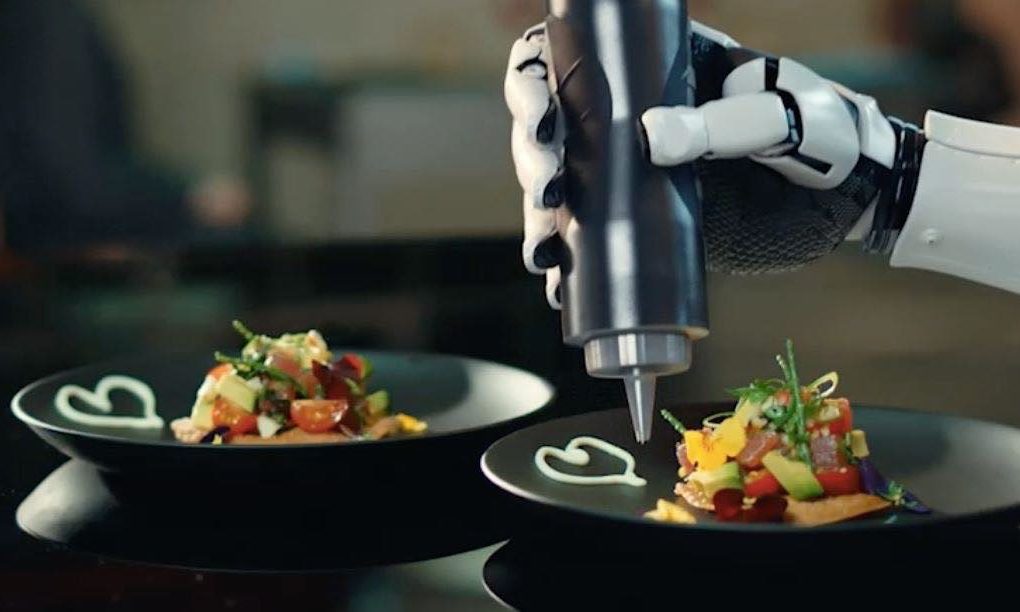
Concerns regarding robot restaurants
Although a robot restaurant proves to be highly effective when compared to traditional restaurants, it has its own share of obstacles and challenges. Restaurants employing robots must also consider the challenges and find solutions or workarounds for maximizing the benefits.
Food taste and variety
No two dishes prepared by the same individual are identical, visually or palatably. Although robots can reproduce dishes with precision, it can result in repetitive similar tasting dishes. Diners may get bored with having the same taste each time they visit the restaurant, and the restaurant may end up losing customers. The robot needs to be fed with information on various recipes for it to reproduce. This can prove to be time-consuming and restaurants may lag in providing new dishes to their customers. As robots are limited by the information they are provided, they can’t come up with dishes on their own. Thus, the restaurant becomes limited in providing food choices to its customers and certainly can’t make substitutions with any ease. The AI technology is not advanced enough so that robots can create their own dishes satisfying various taste buds or provide an exclusive dish.
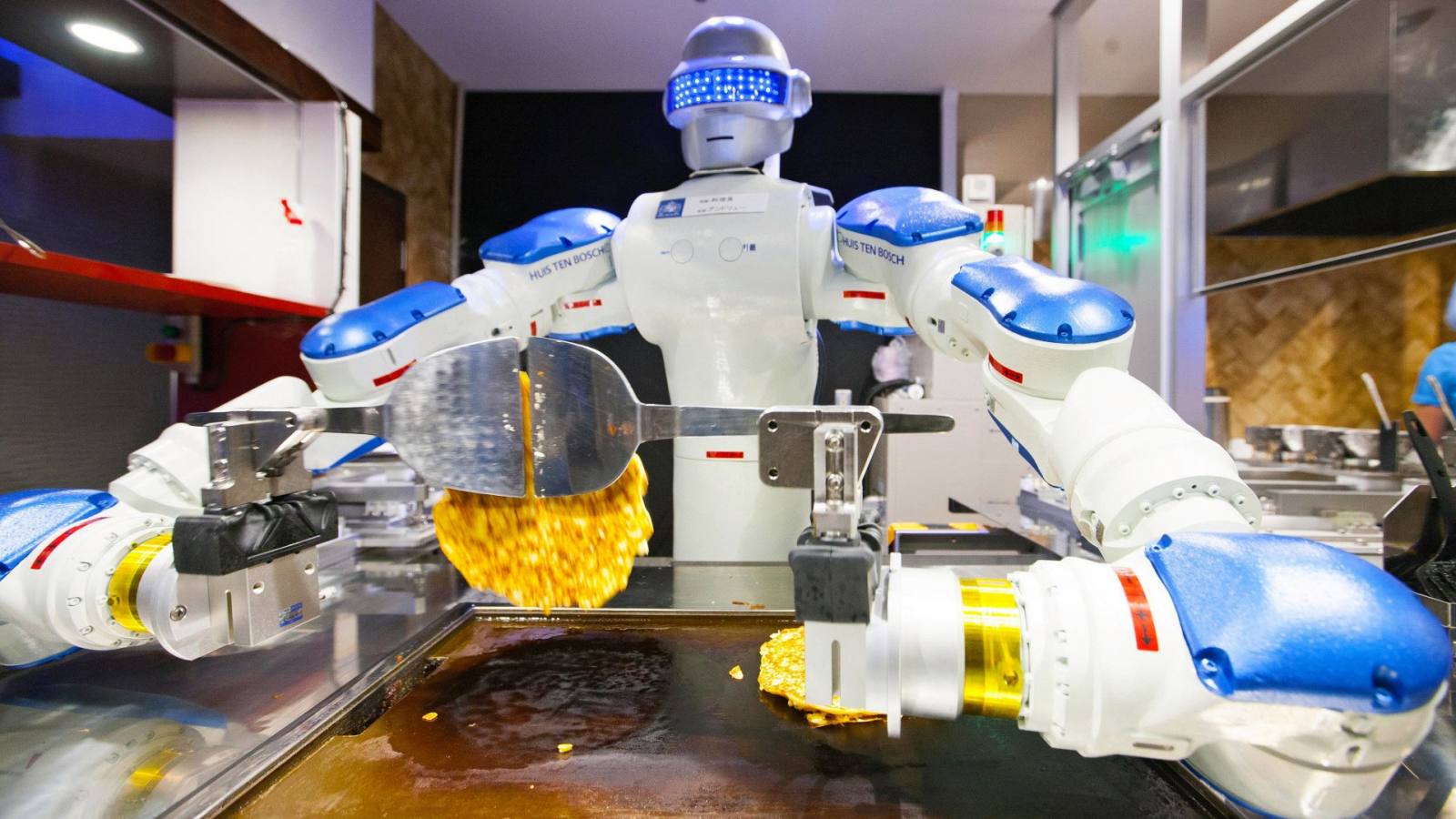
Employment concerns
The major concern regarding the implementation of robots is its impact on employment. With robot restaurants replacing human workers, the concerns regarding human employment are valid. Restaurants should look to strike a balance between automation and human employment while improving on their services and finances. A semi-automated restaurant with robots limited to mundane tasks can prove to be the best bet for restaurants and customers alike.
The rise of robot restaurants is inevitable. With advancements in robotics technology and increased affordability, robot restaurants can become commonplace. However, restaurants should strike a balance between automation and their manual workforce. As robot restaurants become more common, it will be the human-operated restaurants that will achieve a niche status.
